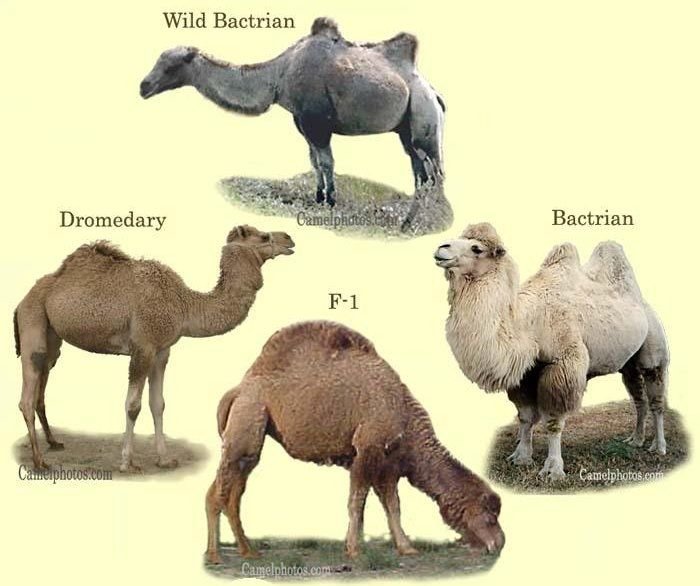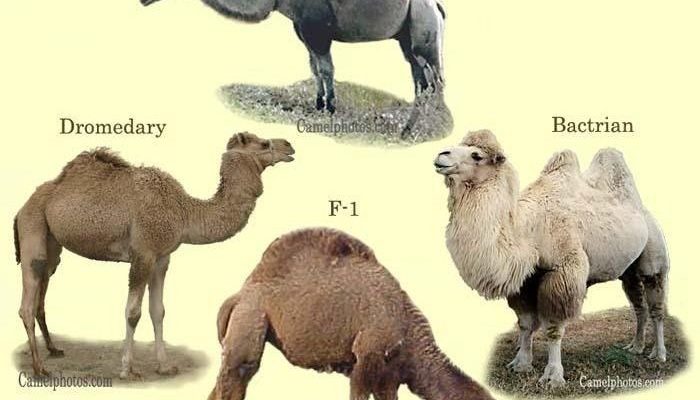
Let’s take a journey through the animal kingdom and explore 10 animals that are strikingly similar to the Bactrian camel. By the end, you’ll have a better understanding of how to identify these animals and appreciate their unique characteristics.
The Dromedary Camel
The Dromedary camel is often called the “Arabian camel.” It has one hump instead of two, which is the most noticeable difference from the Bactrian camel. This one-humped beauty is well-known for thriving in desert climates, particularly in North Africa and the Middle East.
You might be wondering how to tell the two apart beyond just their humps. Dromedaries are generally taller and leaner compared to their Bactrian counterparts. They also have a more slender neck and a slightly different gait. If you spot a camel with one hump strutting its stuff in a sandy environment, you can bet it’s a Dromedary!
Habitat Differences
Bactrian camels prefer colder, harsher climates, like steppes and deserts of Central Asia, while Dromedaries are perfectly adapted to hot, dry regions. Their thick fur and insulating body fat help Bactrians manage frigid temperatures, whereas Dromedaries shed their fur to cope with the heat.
Next time you think of camels, remember: if it’s got one hump and lives in the heat, it’s likely a Dromedary!
The Llama
Moving on to South America, we find the llama, a domesticated relative of the Bactrian camel. Llamas share the same family, Camelidae, but they have their own unique flair. With their long necks and sheep-like wool, they can be easily mistaken for smaller camels at first glance.
What’s fascinating about llamas is their social behavior. They’re often seen in groups and are known for their friendly demeanor. So, if you’re in the Andes Mountains and spot a furry creature that looks kind of like a camel but without humps, it’s probably a llama just enjoying the mountain air.
How to Differentiate Llamas from Bactrians
While it might be tempting to think they’re similar, there are some clear differences:
- Llamas are generally smaller, standing about 5 to 6 feet tall at the top of their heads.
- Their wool is soft and thick, unlike the coarse fur of the Bactrian camel.
- Llamas are more vocal; they communicate with a range of sounds—something Bactrians tend to do less.
Their unique personalities and social structures make llamas a joy to observe, setting them apart from the more solitary Bactrians.
The Alpaca
Another South American relative is the alpaca. Like llamas, alpacas are also domesticated and belong to the same family as Bactrian camels. They are often confused but are smaller than llamas and have even softer fleece.
Alpacas are primarily bred for their wool, which is known for being lightweight and thermal—much like the Bactrian camel’s adaptations for its environment. Unlike the more robust Bactrian camel, alpacas are gentle grazers and are often found in herds.
Similarities and Differences
You can easily tell alpacas apart from Bactrians by a few key features:
- Alpacas are shorter, standing about 3 to 4 feet tall.
- They have a more rounded face and large, expressive eyes.
- Unlike Bactrians, alpacas have no humps at all, which gives them a distinct silhouette.
Their charming nature and soft wool make them quite popular among farmers.
The Guanaco
Let’s head back to South America and meet the guanaco. This wild relative of the llama is native to the Patagonian region and is known for its agility and grace.
Guanacos have long legs and a slender build, making them excellent runners. They are typically found in herds and known for their keen eyesight, which helps them detect predators. Their wool is also of high quality, similar to their domesticated cousins.
Spotting a Guanaco
You might wonder how to spot a guanaco in the wild:
- They have a more elongated head and a longer, thinner neck than Bactrians.
- Guanacos also lack the humps characteristic of camels.
- They are often found in more varied climates, from mountainous areas to arid plains.
Their ability to thrive in a range of environments is impressive!
The Vicuna
Moving on to the vicuna, another South American member of the camel family. These animals are smaller than both alpacas and llamas and are known for their luxurious wool, which is considered one of the finest in the world.
Vicunas are wild animals and live at high altitudes in the Andes. They are incredibly agile, often navigating steep rocky terrains with ease. Their calm demeanor makes them quite approachable, though they’re less social than llamas or alpacas.
Identifying a Vicuna
If you see one in its natural habitat, here’s what you can look for to tell it apart:
- Vicunas are much smaller, standing only about 3 feet tall at the shoulder.
- They have a more delicate build compared to Bactrian camels.
- Like guanacos, vicunas also lack humps, making them quite distinguishable.
Their wool is highly valued, but their conservation status makes them more protected than cattle.
The Reindeer
Let’s shift gears a bit and introduce the reindeer. While they’re not members of the camel family, reindeer share some adaptations for cold climates. These animals are famous for pulling Santa’s sleigh, but they are also incredibly resilient in the harsh Arctic conditions.
Reindeer sport thick fur and can even change the color of their coats with the seasons. They have wide hooves that help them travel over snow, much like how Bactrian camels are equipped to walk long distances in their dry habitats.
Reindeer vs. Bactrian Camels
Here’s how you can differentiate them:
- Reindeer have antlers, which Bactrian camels don’t have at all.
- Reindeer are generally smaller and have a different body shape.
- They thrive in snowy environments, while Bactrian camels prefer dry and arid landscapes.
Both animals are adapted to their respective environments but in very different ways.
The Yaks
Now let’s meet the yak, a hearty cousin of the Bactrian camel. Native to the Himalayas, yaks are well-equipped for extreme cold, thanks to their long, shaggy fur. They’re often used as pack animals, much like camels, and are integral to the livelihoods of many high-altitude communities.
Yaks are more stocky compared to the Bactrian camel. Their sturdy build helps them navigate rugged mountainous terrains.
Notable Differences
To differentiate yaks from Bactrian camels, consider these points:
- Yaks have a denser build with stockier bodies than Bactrians.
- They have long hair and can look quite fluffy, while Bactrians have a more streamlined appearance.
- Yaks thrive in grasslands and mountain areas, in contrast to the desert-dwelling Bactrians.
Recognizing these differences can enhance your understanding of how various animals adapt to their environments.
The Water Buffalo
Finally, let’s not forget the water buffalo. This domesticated creature is primarily found in Asia and is often used in agriculture. Water buffaloes are powerful animals, known for their ability to work in muddy fields and withstand heat.
While they do not share a direct lineage with Bactrian camels, both animals are robust and strong, built to endure tough conditions.
Identifying Water Buffaloes
To tell water buffaloes apart from Bactrians, keep these characteristics in mind:
- Water buffaloes have large, sweeping horns and a very distinctive head shape.
- They have a different body structure, with a broader and stockier frame.
- While Bactrians are more adapted to arid regions, water buffaloes are often found in wetlands.
Their adaptability to different environments showcases the incredible diversity in the animal kingdom.
In conclusion, there’s a world of fascinating animals that share similarities with the Bactrian camel, each with unique adaptations that help them thrive in their respective environments. Whether through their physical traits or the habitats they prefer, understanding these animals can give you a deeper appreciation for nature’s creativity. So, the next time you think of camels or hardy creatures of the wild, remember this list and the amazing diversity they represent!

